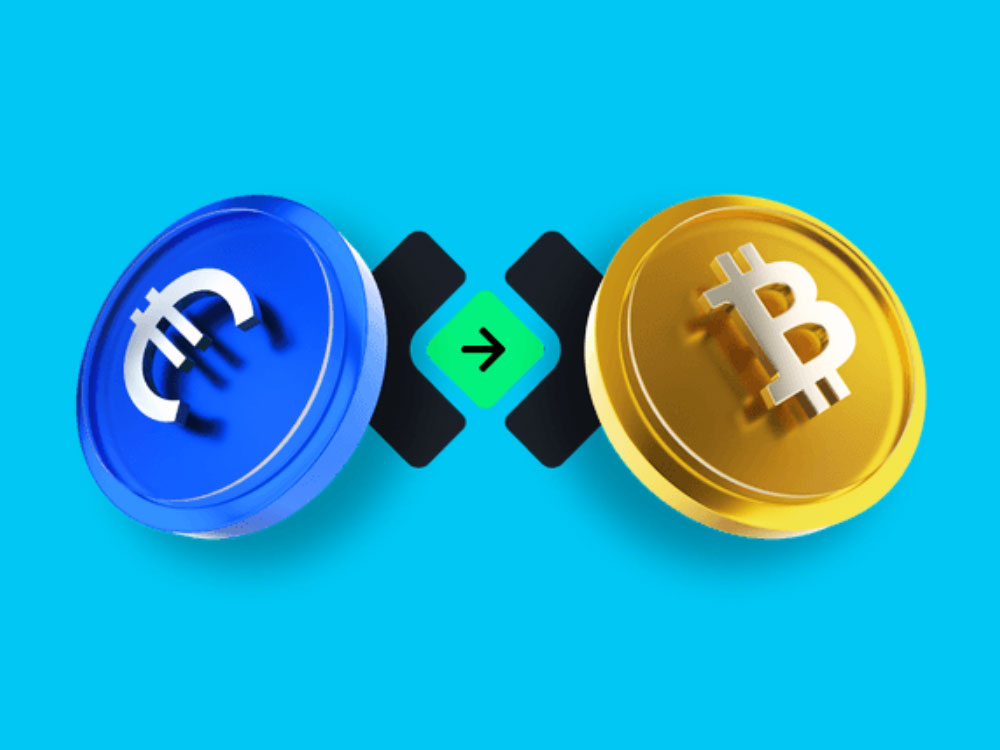Disclaimer: This content is for educational purposes only and does not constitute financial advice.
Blockchain technology is considered the cornerstone of the New Internet, and if you are thinking about investing in a Web3 project that runs on the blockchain, you should take a minute to familiarise yourself with the crucial questions every prospective investor should ask before they join in investing in blockchain projects.
1. What problem is being addressed by this Web3 project?
Many blockchain companies offer complex ideas and exciting concepts that promise to meet the needs of their users and offer massive returns, but unless these projects address actual pain points and make a specific process more efficient and accessible to the global market, you shouldn't participate. If there's no need, there's no demand - and no future.
2. Is the problem best addressed using blockchain/crypto? If not, well, tough luck.
In crypto, holding a native coin of a network is akin to a stake in the underlying protocol itself. This logic applies to having a token backed by a project/company that comes with the additional risks of a competent team.
The solution may be genuinely creative and ground-breaking. But if the best way to solve the problem is not using a blockchain/Web3-based model, then it has no business to have a token, as it would not be sustainable. It's safe to say it will most likely end up in the large pile of thousands of abandoned crypto projects when the hype dies down. Or worse, it could possibly end up labelled as a 'security' by a regulating body, causing further damage in the forms of delistings and lawsuits.
3. Is the team capable enough to execute their vision through well-planned goals and expertise?
The people behind blockchain technology have to have the right skills to attract other developers to their projects. This includes knowledge of programming languages, blockchain development, and the way blockchain projects and processes work. If core team members have no experience, stay away. Make sure to research their LinkedIn profiles and certifications to find out whether they are interested in building a great project or just looking for funding.
4. Does the token economics make sense given the use cases?
Don't make the mistake of assuming that the market cap of coins or tokens is an indicator of their strength. Some blockchain projects release a large number of their supply to the marketplace early on before there is any tangible activity for the network. This results in poor growth and prolonged sideways price action.
Creating a solid spending demand can create wonders for a Web3 project, e.g. if a coin or a token is accepted for a variety of trades or businesses. Incentives should be designed in a way where it's not accessible to mint or bring in enormous new supply to the market with user growth which could kill demand and hence the value.
Is the Web3 project offering a high yield or larger-than-life rewards? If so, deep dive and check where this is coming from. If it's not clear, then it could very well be a pyramid or a quick money grab.
5. Is the value accrual beneficial to token holders or not?
What value do the assets bring to holders? Let's look at the UNI token by Uniswap. It was initially given to users who had interacted with the Uniswap DEX before a set date in September 2020. A portion was also reserved for other users participating in liquidity pools.
However, the users who use Uniswap DEX for transactions do not need to have the UNI token to pay the trading fees. So eventually, the use case is mainly focused on governance, which means the value is diluted by inflation and there is no factor to drive strong demand for the token, and the value accrual is not benefitting the token holders.
There should be a mechanism to stabilise or balance the supply emission when the supply/demand ratio is quite skewed, and ideally, this should be done in a community-governed way rather than a committee of select individuals.
Even a meaningful way of token burning (e.g. in ETH post-EIP-1559, the majority of gas fees in a block are burnt) can help supply inflation in check, adding to sustainability. But just burning the supply without adding utility or use cases is a bad idea. Since the community is critical for any Web3 project to survive over a long period, blockchain projects that reward long-term supporters are more often likely to have organic demand, as well as it does a bit of marketing too.

6. Are the vesting schedule and supply distribution reasonable or just a way to provide exit liquidity to early investors?
Token emission and vesting (i.e. the quantity of supply released during a time period) are of prime importance to any Web3 project. Vesting should be designed in a way to discourage the concentration of an extensive holding of the circulating supply by a small number of entities or people, which could lead to the project being infamous for being centralised, and, suffice to say, causing massive impacts on the price when a large holder either exits their holding or gets hacked leading to a large chunk of supply dumped on the open market. Large vesting cliffs at certain intervals could lead to a lot of dumping when released, which causes large swings in volatility.
If you spot an unusually high allocation to the team and their venture capital backers - at the expense of the community or contributors - consider it to be a red flag.
7. How does the Web3 project fare compared to competing projects, and is there something that stands out?
Before investing in any Web3 project, it's worth looking at the competition and making an informed decision. This is a mix of analysing the tech, scalability, how easy or difficult it is to run a node or be a validator, and if the benefits or rewards are worth the effort or not. Note that this plays a vital factor in the broader decentralisation of the network in the long run.
8. In a multi-chain world, is this interoperable and cross-chain compatible?
Given that there are a lot of competing blockchains already in the market, and all of them want to attract tech talent to build on top of their chain, its highly likely that cross-chain liquidity and interoperability would be preferred by most developers so that each individual chain could cater to certain specific use cases (e.g. Supply chain, Video, L2 solutions, NFT & Gaming, decentralised finance).
Those chains which connect and operate with ease alongside other blockchains would be a great reason to build on it.
Conclusion
There is no Web3 project or coin or derived token yet, that checks every box perfectly. But asking yourselves the above questions while doing your own research and due diligence can help you avoid the pitfalls and even cleverly designed Ponzi schemes in the guise of Web3 innovation while guiding you to find some of the promising innovations which could have the potential to change the way how the world works, just like the Internet did.
If you have managed to narrow down your choice of a Web3 project and are now ready to dive in, we’ve got you covered! Check out our newly launched product Coin|Buy to On-ramp into a wide range of cryptos by paying with your credit card or bank transfer in a few simple and easy steps!!
We welcome you to start your Web3 journey.
Table of Contents
Suggested Article
Explore our products

Make global payments at the speed of a click

Accept payments, remove borders.

Unlock Seamless Digital Currency Transactions Anywhere








.png)














